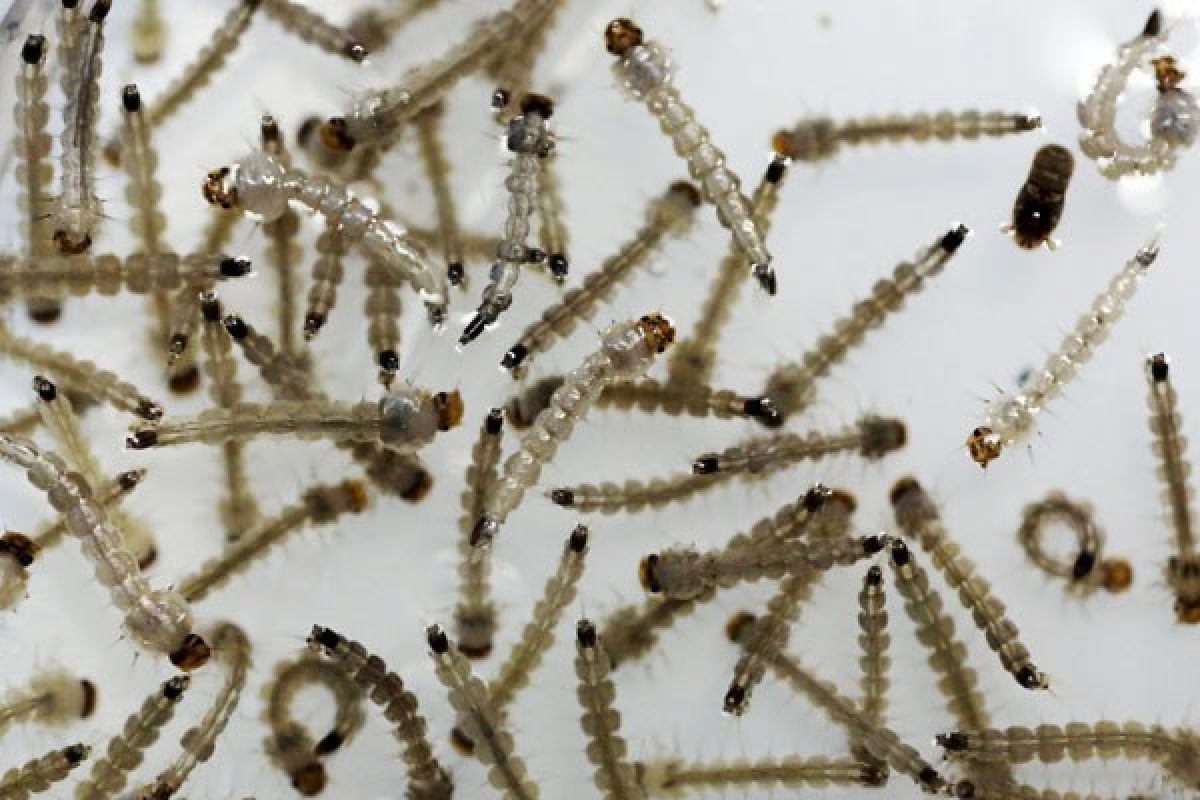Possible links with neurological complications and birth malformations have rapidly changed ..."Geneva (ANTARA News) - The World Health Organization (WHO) called on Wednesday for $56 million to combat the Zika virus, a disease that has been linked to severe birth defects in Brazil and has spread to 39 other countries.
The funds sought would be used until June to fast-track vaccines, carry out diagnostics and research into how the mosquito-borne virus spreads, as well as virus control, the WHO said.
A public health expert, Lawrence Gostin, said the United Nations health agency had "grossly underestimated" the need as the virus, which has spread rapidly across the Americas, will likely spread to many other regions.
The WHO declared the outbreak a global public health emergency on Feb. 1, noting the association of the virus with two neurological disorders: microcephaly in babies and Guillain-Barre syndrome that can cause paralysis.
"Possible links with neurological complications and birth malformations have rapidly changed the risk profile for Zika from a mild threat to one of very serious proportions," WHO Director-General Margaret Chan said in a WHO strategy paper on Wednesday (17/2).
The funds sought include $25 million for the agency and its regional office and the rest for aid partners such as UNICEF. The WHO expects the money to come from states and other donors. In the meantime it has tapped a new emergency contingency fund for $2 million for initial operations.
Gostin, a professor at Georgetown University in Washington, said the WHO should have a much larger emergency contingency fund. He compared the funding plan to the WHOs initial slow response to the outbreak of Ebola, a virus that killed more than 11,300 people in two years, mostly in West Africa.
Brazil, worst hit by the Zika outbreak, said on Wednesday that most of the 508 confirmed cases of microcephaly reported in the country are likely related to the virus, and called its previous count too conservative. Brazil is investigating more than 3,900 additional suspected cases of microcephaly, but it has not yet been proven that the virus can cause the rare defect.
Microcephaly is marked by abnormally small head size that can result in developmental problems. The Health Ministry reported on Wednesday a total of 4,443 suspected and confirmed cases of microcephaly, up from 4,314 a week earlier.
Researchers on Wednesday reported finding the virus in the amniotic fluid of two fetuses diagnosed with microcephaly, suggesting Zika virus can cross the placental barrier and providing another piece of evidence linking the virus with the birth defect.
There is no treatment for Zika, which had been viewed as a relatively mild illness until the concerns over microcephaly and Guillain-Barre syndrome emerged.
At least 15 companies and academic groups are rushing to develop a vaccine. Hopes of a breakthrough took a small step forward on Wednesday when U.S. biotech firm Inovio Pharmaceuticals Inc said its experimental shot had induced a robust and durable response in mice.
Shares of the U.S. biotech firm, which expects to test its product in humans before the end of the year, rose by as much as 7 percent on Wednesday.
Colombia is another Latin American country hard hit by Zika and that countrys health minister said the effects of the virus there could have global relevance as scientists research the suspected link with microcephaly.
In contrast to Brazil, Colombia has yet to register any cases of the birth defect connected to Zika, Health Minister Alejandro Gaviria told Reuters.
Zika is primarily transmitted by a type of mosquito, meaning current efforts to control the outbreak are focused on protecting people, especially pregnant women, from bites and eradicating mosquito populations in affected areas.
However, research is under way on potential transmission by sexual contact. The WHO noted on Wednesday that "existing scarce evidence indicates that there may be a risk of sexual transmission."
But research studies are needed to assess the presence of the Zika virus in semen and other body fluids and potential sexual transmission as well as mother-to-child transmission, the WHO said.
Editor: Priyambodo RH
Copyright © ANTARA 2016












